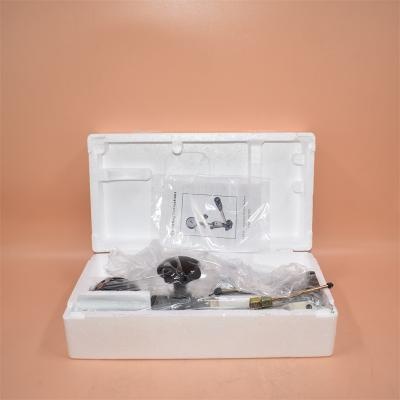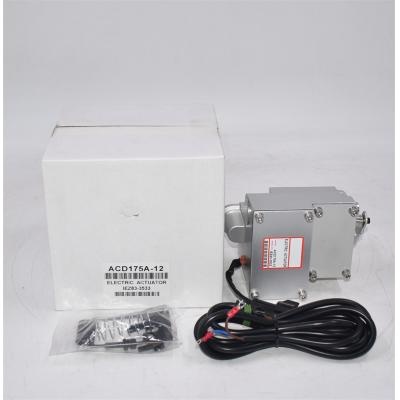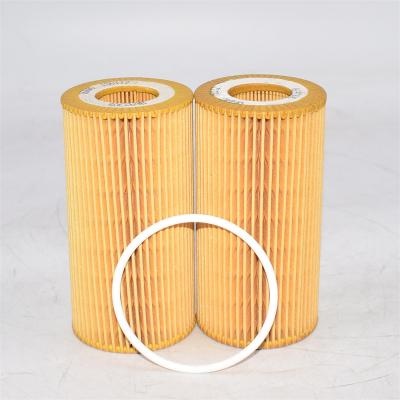Air Filters
Introduction
This article takes an in depth look at air filters.
Read further to learn more about topics such as:
What is an air filter?
Types of air filter media
Performance of air filters
Types of air filters
And much more...
Chapter 2: Types of Air Filter Media
Filter media are the filtering component of air filters and are responsible for capturing unwanted particles and preventing the particles from circulating in the air. They consist of a single piece of progressively denser synthetic fiber or mesh with tiny or miniscule perforations, which is contained and carried in a frame and installed in air filter equipment. The filter media is sealed and secured to a frame to eliminate unfiltered air from bypassing.The structure of the frame makes it easier to install filters in HVAC equipment or duct work.
Air filter media is classified as pleated or non-pleated:
1.The increased surface area spreads the air over a larger area resulting in lower air velocities and lower pressure drop or lower resistance.
2.In most commercial filters,lower air velocities can result in slightly higher efficiencies.
3.The increased surface area allows the filter to capture and hold more particles, particulate contaminations, or dirt extending the filter life. A common 20x20x1 furnace filter has 2.8 sq.ft.of surface area while a pleated filter might have 5-8 sq.ft.
Pleated air filters are effective at capturing small particles and have high filtration efficiency to greatly improve indoor air quality as they can capture pollutants such as odor,bacteria, pollen grains,molds,and other allergens.
Residential pleated air filters are effective at capturing particles down to 3.0 to 10 microns (µ) (3.0 microns = 1/8,400 of an inch). Under the right conditions, the smallest particle that can be seen with the human eye is in the 60 to 100 µ range. Residential pleated air filters have high filtration efficiency and greatly improve indoor air quality.
Pliable materials such as polyester, synthetic materials, and cotton are used to manufacture pleated air filters. Due to their material density, they have some restricted airflow, which can cause the motor of an HVAC unit or air filter equipment to work harder to push the air out of the filter media. The reduced air flow causes cooling or heating to take longer.
Pleated air filters are more expensive than non-pleated ones but easily fit into a standard HVAC unit. A one or two inch pleated filter easily slides into the same track or holding frame as the same size throwaway filter. Larger pleated filters, such as four and six inch ones, require adjustments and modifications to the HVAC system.


Non-Pleated Air Filter
Non-pleated air filters have less filtration area or filter surface area. They are typically made of blown fiberglass or a less common synthetic material that can generate an electrostatic charge that attracts particles like a magnet.
Fiberglass filters are less expensive than pleated air filters and can have a shorter service life, which requires that they be replaced frequently or cleaned. They are only effective in capturing large particles such as dust, debris, and insects. Their use is not advisable for patients with respiratory illnesses or allergies.

The materials used in constructing air filter media are enumerated below. These materials are engineered or reinforced with another material to improve the filter's efficiency and reduce its resistance to airflow.
Paper Air Filter
Paper is the most inexpensive and least durable filter media. They are used to separate small particles by allowing air to pass through their fine pores. Paper filters are constructed by compacting waste and recycled cotton or spun plastics that are pleated to increase their mechanical strength, filtration efficiency, air flow resistance, and static pressure. They are used as automobile air cleaners, in industrial filtration systems, and paint spray booths.
The filter media used in more efficient pleated filters (MERV 11-20) are made from statically charged synthetic media and varying diameters of fiberglass.

Foam Air Filter
Foam air filters are made of porous foams made from polyurethane, polyether, polyester, or a combination of those materials. They are characterized by their Pores Per Inch (PPI), which is the number of open pores per linear inch. Foam filters with higher PPI have lower resistance to airflow than those with lower PPI of the same thickness and have lower efficiency due to their larger open pores and less filter material for trapping particles.
Air is purified as it passes through a foam filter. A benefit of foam air filters is their high dirt loading or holding capacity, which makes them ideal exhaust filters and filters in automobile intake systems. They capture and retain large particles such as dust, dirt, and debris.
Filtration efficiency and dirt retention are further improved in foam air filters by applying filter oil. They are easy to clean, washable, and can be recycled.The combination of higher air flow with lower static pressure, higher dust and dirt loading capacity, and being washable makes them ideal for the automotive market.
Paper is the most inexpensive and least durable filter media. They are used to separate small particles by allowing air to pass through their fine pores. Paper filters are constructed by compacting waste and recycled cotton or spun plastics that are pleated to increase their mechanical strength, filtration efficiency, air flow resistance, and static pressure. They are used as automobile air cleaners, in industrial filtration systems, and paint spray booths.
The filter media used in more efficient pleated filters (MERV 11-20) are made from statically charged synthetic media and varying diameters of fiberglass.

Carbon Air Filter
Carbon air filters remove toxic gasses such as VOCs, sulfur dioxide, and benzene as well as fumes, and odors (i.e., from smoking, painting, automobile exhaust) that are present in the air by adsorbing them into the surface of the activated carbon’s molecules. Carbon air filters are commonly used in air purifiers, range hoods in conjunction with aluminum screens, bathroom fans, and microwaves.
Virgin activated carbon is made using the same techniques used to make charcoal, but under higher temperatures and pressures. Used active carbon works like a sponge, which can be generated using pressure and heat but not as hot as it was when it was originally produced.
Carbon is derived from things like wood and coconut charcoal by physical pressure and temperature or chemical treatment to increase its porosity. Chemicals are added to improve its performance on specific gasses and fumes. Much like a sponge, the greater surface area of carbon translates into more single pass efficiency and longer filter life.
Unlike particulate air filters that are replaced because of static pressure, carbon filters are replaced once there is an odor or gas fume break thru.

Aluminum Air Filter
Aluminum air filters are made of multiple alternating layers of aluminum screens or mesh to maximize their filtering and particle retention capabilities. They are supported in a rigid carrier frame made of aluminum. The main use of aluminum air filters is as pre-filters in multi-stage air filtration systems to keep large particles from reaching the main filter. They can capture aerosols, coolant mists, and grease, kitchen and industrial.
A characteristic of aluminum air filters is their high strength and durability, and their ability to be washed or cleaned and reused several times. Their performance can be enhanced with coating and spraying their screens with oils approved for ventilation systems. Aluminum filters are used in a variety of environments containing airborne aerosols due to their corrosion and thermal resistance. Their applications include HVAC units, range hoods, automobiles, and more.
Aluminum is the most widely used metal mesh air filter material. Alternative metals include stainless steel and galvanized steel.

Fiberglass Air Filter
Fiberglass air filters provide better airflow in HVAC units and are suitable for capturing large particles. Microscopic particles are able to still pass through the fiberglass medium, making fiberglass air filter capabilities suboptimal. Fiberglass air filters are not recommended for spaces where occupants have respiratory problems and allergies as well as environments with high concentrations of smaller particles that can affect the performance of an HVAC system.
Inexpensive fiberglass air filters have to be replaced frequently but are less expensive than pleated air filters. They require constant maintenance since they clog. Fiberglass filters allow particles that can coat and restrict air flow thru A/C coiling requiring longer run times and higher cooling costs.

Plastic Air Filter
Plastic air filters inherently have high strength, durability, and chemical resistance and are made from woven HDPE, UHMW-PE, polypropylene, polyester, and PTFE fibers.Some plastic filters have electrostatic properties that can increase their efficiency.

























